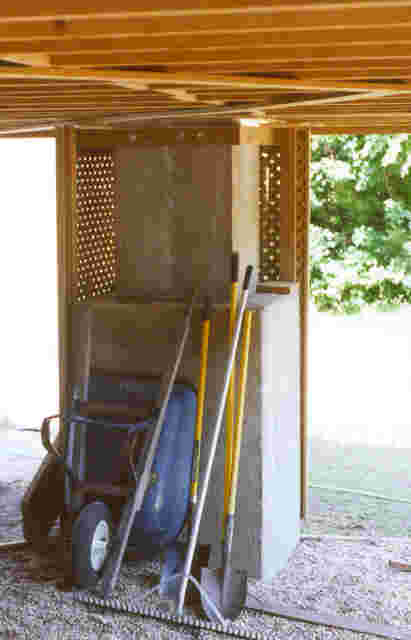 |
This is the outside part of the setup for CCD astronomy. The
telescope is a Meade LX200 10" F/6.3. Using Milburn rings, I
have an ETX piggybacked on to it for guiding. A Pictor 201xt is
attached to the ETX for guiding. Pictured is a Pictor 416xt for
imaging. There is an electric focusser on the telescope.
To
the left is a Rubbermaid storage container that contains the base
unit for the Pictorview. The container doubles as storage for the
416, 201, ETX, hand controller, ETX dew shield, and adapters when
not observing. The container is sitting on a TV table.
To
the very left, on the wall of the house below the window is a
'pass through' for the power wires for the two CCD cameras and the
telescope, for the SCSI cable for the interface to the Pictor, and
for the RS-232 cable to the LX200. The black and white connecter
hanging there is the end of the contector for the 1460A adapter
and the end of a 2 meter SCSI cable.
|




